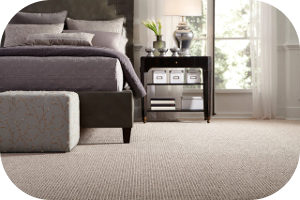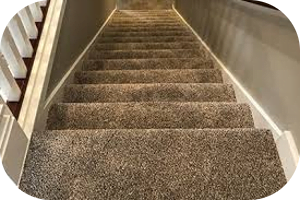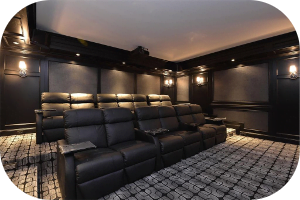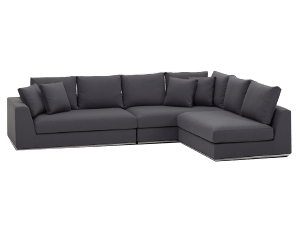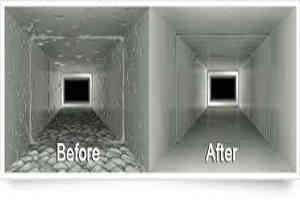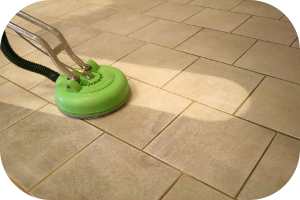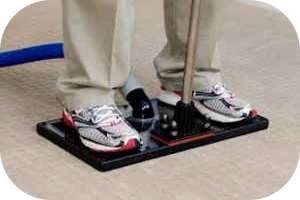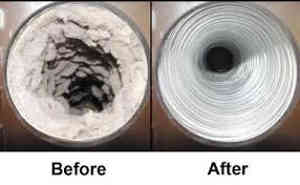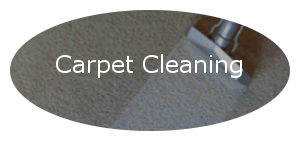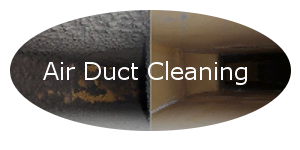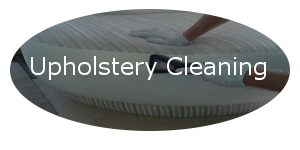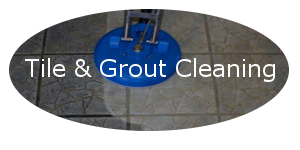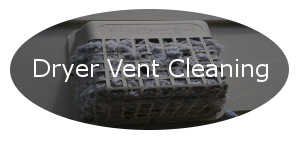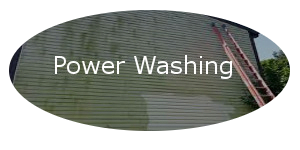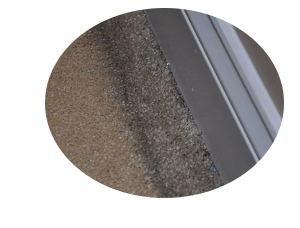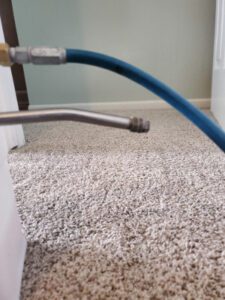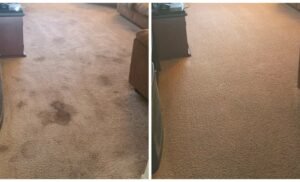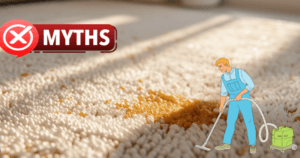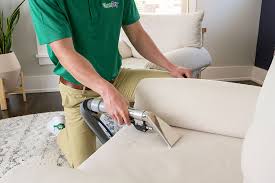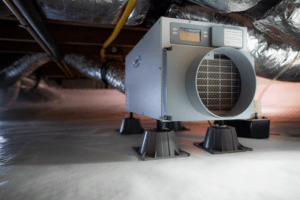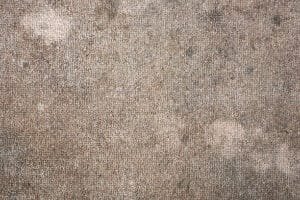Healthy Carpets explains the best carpets for stairs. The stairs are the most popular area in the house to install carpet but they’re also the most challenging. Carpeting the stairs is a little more complicated than choosing carpet for other areas in the house. This is due to the fact that it is not just a matter of needing to choose a the type of carpet and color, the carpet also has to have the right durability and thickness before it can be put on the stairway. Naturally, it should look attractive when it is wrapped around the edges of the stair and also through those railing posts if there are any.
What Carpets Are Best For Staris
If you do not like hardwood floors, such as flooring made of hardwood and laminate carpeting on the staircase is still a good option even as an runners on the stairs. Carpeting the stairs is a lot safer than having your stairs lined with hard flooring. Hard surfaces can be slippery which can cause the possibility of falling. If you fall carpet provides a less slick landing surface as opposed to laminate or hardwood which may decrease the risk of injuries.
Carpet High-Quality
Stairs are among the most crowded area of any home and that’s not just because they are frequently employed. It is also because the impact from foot traffic can be more when you are on the stairs than on flat surfaces due to the additional weight of gravity when you ascend the staircase. That’s why you should make sure you are using the highest top quality flooring and cushion that you can afford. While a brand new carpet and pad may cost you more upfront but they’ll help you save money in the long run since the carpet will have to be replaced less often.

Durability of Carpet on Stair
The staircase is the most used part of any house. It is therefore essential that the carpet they cover be strong enough to withstand the heavy traffic and look great. That means that if you are carpeting your bedroom the hall, stairs, or staircase and halls, the carpet you choose for bedrooms may not be the best choice for your staircase. If you are considering carpet for your staircases, you’ll typically want to select the best durability you can afford in the design you like (unless the best quality is too heavy for the stairs).
Thickness Take Into Account
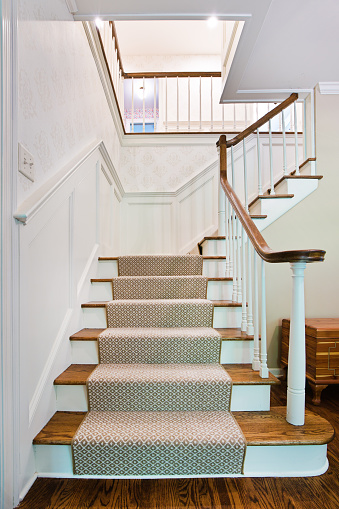
A lot of people believe that a carpet that is thicker is more durable. It’s not always the case. In fact some of the strongest carpets have the tiniest of profiles while some largest carpets have air.
The thickness of the carpet is a crucial element in the appropriateness of the carpets for staircase. Carpets that are too thick could pose an accident hazard because when it wraps around the noshing (front side) of the stairs it serves as an access point for your foot and has nothing to support your feet underneath. A carpet that is too thick can cause accidents and slips which nobody wants to happen when climbing staircase.
Carpet installers also don’t prefer to work with large carpets on staircases. It is obvious that it’s more difficult to wrap a heavy carpet in the nosing as well as over the railing pickets. It is recommended to choose carpet that has the size at least 1/2 inch and a padding of 7/16 inches or less, and an average pile density of at minimum 8 pounds.
Designers can create carpet tiles and shapes that look like abstract art for the floor. If you choose this route, it is a good idea to cut back on decorative details. Interlocking patterns and Bridget Riley-esque stripes can all be used in a room.
Soil Resistance
There’s an distinction between soiling and staining. If you’re looking to purchase carpets that only be used to cover the staircase (and not other spaces like the living room) stain resistance isn’t an essential feature, since the carpet is unlikely to be exposed to a large number of spills. However, you must choose carpets with an excellent resistance to soil.
The oils on the soles of your feet may create a haze on your carpet when you go up and down the steps. You can prevent this from happening by wearing slippers or socks at home. But, if you own pets or prefer walking barefoot, ensure that you purchase carpet that is dirt resistant to ensure that the dirt will not adhere to the fibers and draw dirt particles.
Style and Appearance
All kind of carpet is suitable for staircases. Many are concerned about the appearance of carpet when it is wrapped around the edges of the stairwell or needs the need to cut it around posts for railings. The most common concerns are being aware of the back of the carpet when it wraps around the edges (especially with a looped type of carpet like Berber) as well as being able to discern the seams that have been stitched together around posts.
It is not possible to see the carpet’s backing in the least-grade carpet. The majority of basic or builder-grade carpets won’t show the backing when they are wrapped around the edges of the staircase, provided they’ve been put in place correctly.
Carpets have a particular direction of the pile and it should begin at to the highest point of stairs down to the bottom (not in a sideways). This will not only enhance its performance, and assure the proper wear however it also stops you from looking through the “rows” of fibers when you stretch the carpet.
If people take an Berber carpet and then stretch it backwards and then bend it backwards, they may be able discern the back in between the rows. This is known in the field by the term “smiling.” But, usually when someone is doing this, they’re bending the carpet in the wrong direction.
The rows of loops that make up carpets are stitched lengthwise across the roll. When the carpet appears to smile it’s because it was bent to the side to ensure that the rows go across the carpet sample. When the rug is flipped to ensure that the rows are running down from the top of the sample the smile effect ceases. is due to the loops folding over the bend , unison.
When carpet is put on the stairs, it’s laid lengthwise, meaning that the loops of loops are arranged from the uppermost part of the stairs to the bottom. This will prevent the smiling effect that is seen on the front nose of the stairwell.
If your staircase is open to either side (or the opposite side) and the carpet needs to be wrapped around the outside edge of the staircase, there’s an opportunity that, when you have the use of a Berber there are some backings may show up, as the carpet is stretched in the reverse direction. With a more durable Berber there shouldn’t be an issue.
When properly installed The seams where the carpet is connected to the posts should not be obvious. Certain kinds of carpet cover seams better than other types and longer piles like friezes and Saxonies cover them better than shorter or looped piles.
Open Stairs
In the event that stairs opened on one side, the carpet has to be bent two ways in a straight line across the front of the staircase and widthwise across the sides. In both situations, there is a possibility of smiling at the side of the staircase.
To avoid smiling on the side to avoid side smiling, choose a top-quality Berber with more loops which will help to fill the space between rows when bent to the side. High-end Berbers will be less space between rows.
Installing of Carpet on Stairs
There are two options for carpeting the stairs either the waterfall method or French cap. The waterfall method is as simple as stretching the carpet across an edge on the staircase and then straightening it to that tread on the step next. It’s a simple and fast method to install carpet and, for this reason, a lot of new home builders employ this method.
It is a French cap procedure wraps the carpet along the edges of the stairwell and then tucks it underneath the lip conforming to the form that the step takes. This process may take more effort and time from the installer, but it gives an elegant look that you might like.

Stringers
Stringers are the supports on the sides for the staircase. If the stairs are sealed in the stringer will go through the wall in the same direction that the staircase. Do you want to cover it by carpeting or painting it?
The answer, as with many others, will depend on your preference. Carpet on the stringers are pure aesthetic and serves no other reason. If your stairs or the stringers are uneven, such as in an older home or messy DIY project It could be beneficial that you cover your stringer in carpet, in order to conceal the flaws. In the absence of this, the carpet covering the stringer might be deemed to be dated. The more modern style is to cover the stringers and then paint them exactly the same color as the trim or stain them with the shade of the stairs in the hardwood.
Warranty Protection
A point to be aware of is that the majority of carpets don’t offer warranty protection for stairs. While it may seem odd (after all, the majority of homes and apartments, as well as some condos include stairs) in the past, the carpet manufacturers have excluded stairs from carpet’s warranty.
In recent times however, more carpets are now available with a guarantee on the stairs. If you’re worried about the security that a warranty provides ensure that the carpet you pick for your stairs will actually cover your stairs as per the warranty.
Every Things Considered for Stair Carpeting
The ideal carpet for stairs is one that has all the criteria outlined in the previous paragraphs: durability adequate size, thickness and soil resistance and guarantee coverage. So, what exactly is this carpet? Although there isn’t an absolute carpet that is the best carpet to use for stairs, it is possible that you may be interested in this mohawk smartStrand line. The carpets included in this collection are all rated as having superior soil resistance and warrantee protection for stairs. numerous of the styles that are available are suitable for stairs in regards to thickness and durability. If you choose the right style and install it correctly carpets can give an elegant look and feel on the staircase.


